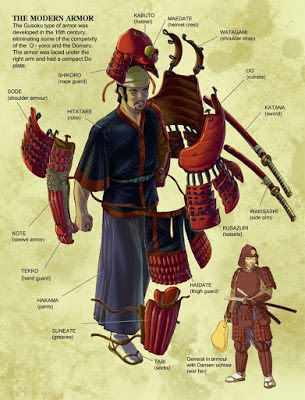Below is an excerpt of a post that appeared at The Thoughtful Sensei blog. The full post may be read here.
When I was a little tyke cameras were fairly primitive compared to the ones available today. It was simply a black box with a non-adjustable lens and a button on the side. It did have a view port for all the use that was so you could at least aim it. And it took "ok" pictures. If you wanted "good" pictures then that Box Brownie was not what you wanted as the final product could have a wide variety of results which is why in many family photos everyone is guessing whether that's Uncle John or Aunt Lucy. If you wanted the really good photos then you went for a pricey camera and a photographer who wasn't someone with just a box, but instead someone with high end equipment.
Years ago my Sensei wrote a book and in his book he wanted photographs that weren't just guys standing around looking good holding bokken and styling in their gi, or posing with their hands stuck in the side splits of their hakama. He wanted "Action" shots (stress on "action") with uke elevated at head level with their feet in the air as they slammed into the mat. Real action shots, the kind only a professional sports photographer could do.
Back in those days it was all mirror and mechanical shutter oriented. There was no such thing as digital SLR so the ability to run a camera through 200 frames as the throw occurred and then picking the single best frame out of the 200 simply did not exist. So he went out, did extensive research and found the best sports photographer in the area who was well known for his action shots of pro-football, pro-baseball, and pro-basketball moves.
Sensei' rationale was that since you only got a split-second to hit the shutter button he needed someone with the experience and the eye to pick "that" precise moment so that only one to two shots were needed, as opposed to lining up the ukes and pounding them until he had that one shot he was looking for and then having to call the chiropractor for the ukes since plowing into the mat is a bit different from catching a ball. Having that "eye" for the action and intuitively knowing that single precise moment in the midst of high speed action to hit the shutter button was due to years of experience and knowing the moment.
Such is true martial arts training. The experience gained from the experience of when and how to "push the button" is what determines the guy with the Box Brownie from the guy with the digital Hasselblad. Repetition, repetition, repetition is the secret whether it's sports photography or high level martial arts.









